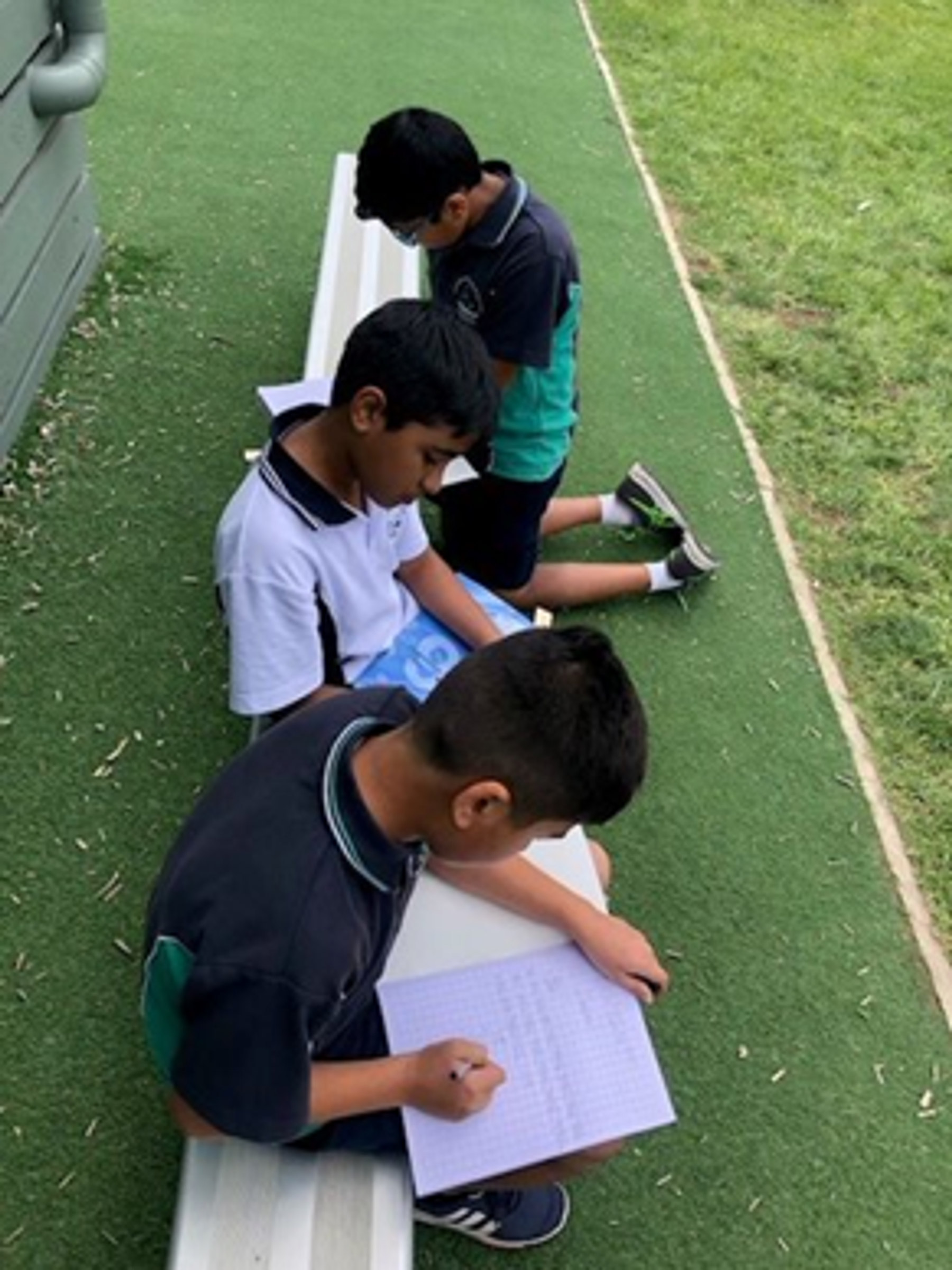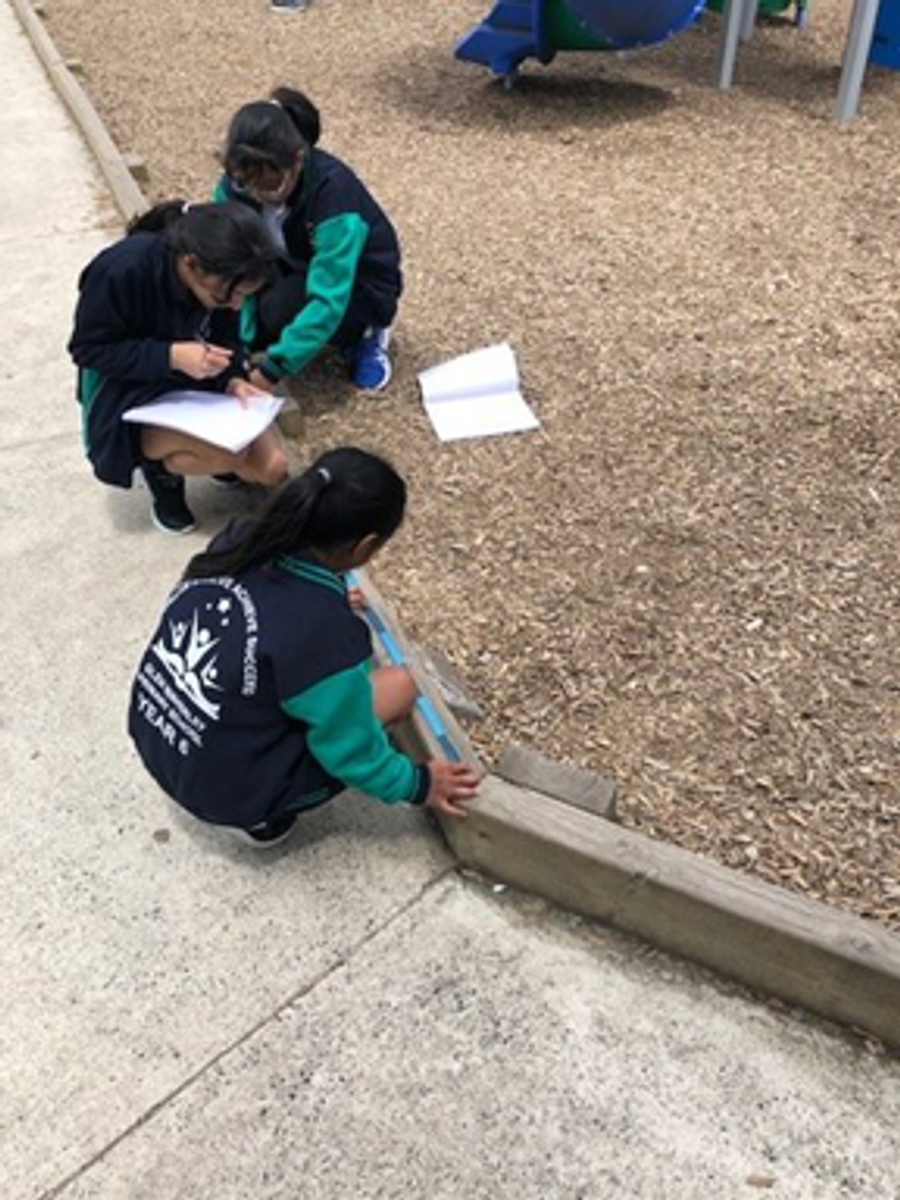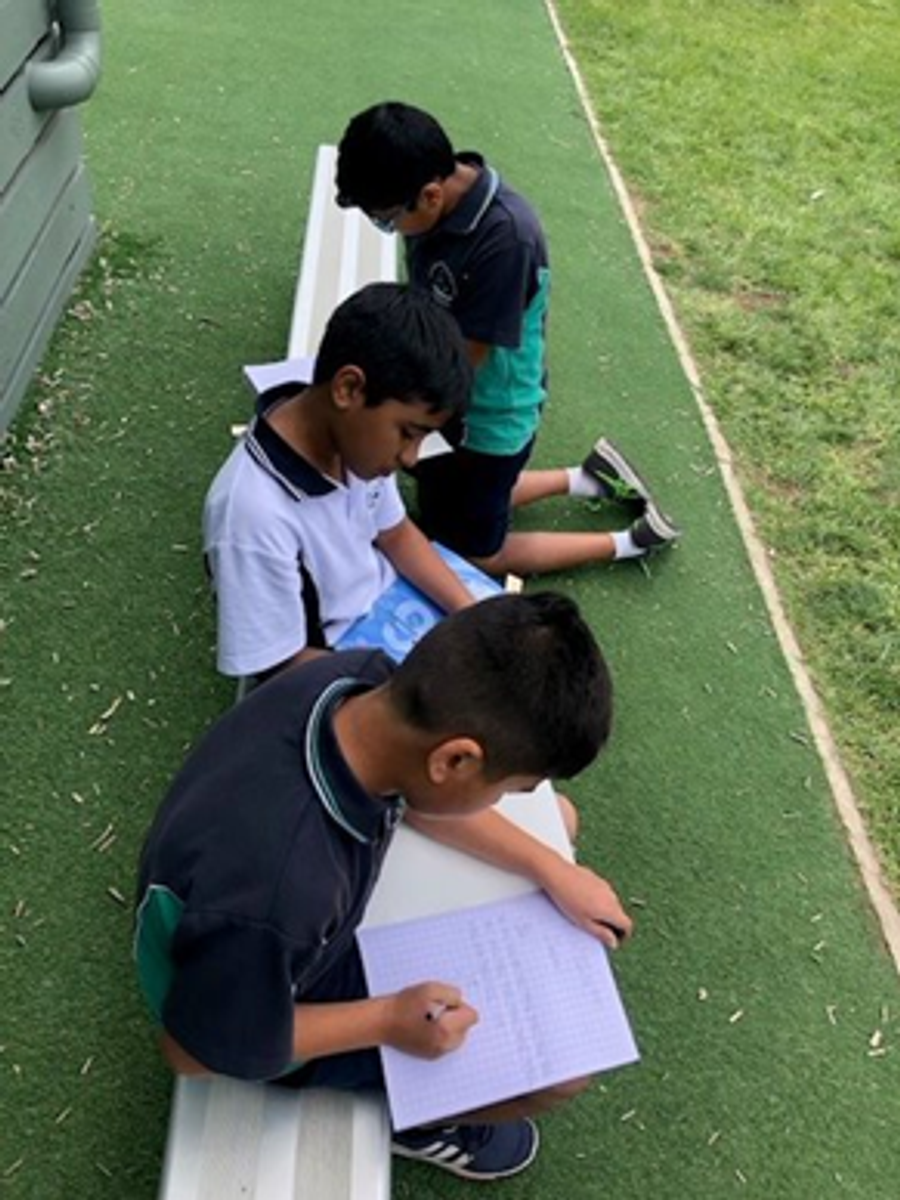Mathematics

During Term One, Level Six students will be focusing strongly on expanding their mathematical vocabularies. Mathematics vocabulary plays a vital role in a student’s ability to understand new concepts, daily lessons, discuss ideas and strategies during Math Talks, and solve worded problems. By focusing on building each student’s bank of terminology, we are building a solid foundation for them to be confident and effective mathematicians in the future. Students will be encouraged to identify and define new terms, show their understanding pictorially and share their new knowledge with others by adding it to their personalised glossaries.
We begin Term One by delving into the Number and Algebra curriculum, with a focus on numbers and the number system. Students will investigate different types of whole numbers, such as prime, composite, square and triangular, applying terminology such as ‘factors’ and ‘multiples’ to describe their properties. Later in the term, our focus shifts to the Statistics and Probability curriculum with a strong connection to our Inquiry curriculum on Health and Geography. Data analysis strategies and statistical concepts, such as mean, median and mode, will be taught through the exploration of real-life contexts, such global liveability data or water accessibility within different countries. Finally, we will conclude the term with a unit on Fractions which will extend upon earlier learning around the number system. Part numbers will be taught with a focus on deepening student’s conceptual understanding of what the ‘numerator’ and ‘denominator’ within a fraction represent, in addition to their connection to the place value system.
Students collaborating to solve open-ended challenge questions, such as ‘How many blades of grass are there on the oval’ or ‘How much tanbark is there in the playground?’
If you wish to support your child’s learning at home in the area of Mathematics this term, you can:
- Ask your child to share with you the definitions of new terminology they have learned throughout the term.
- Encourage them to explain the thinking behind their answers by asking them questions such as, ‘Can you prove that your answer is correct?’ or ‘Is there another way you can demonstrate that is correct?’
- Discuss the graphs and other data displays that you might encounter in your everyday life, such as those on the news, in advertisements or non-fiction texts. Prompting questions could be: ‘What have you notice or learned from the data?’, ‘Why was the data displayed or represented in that way?’ or ‘What could someone use this data for?’



